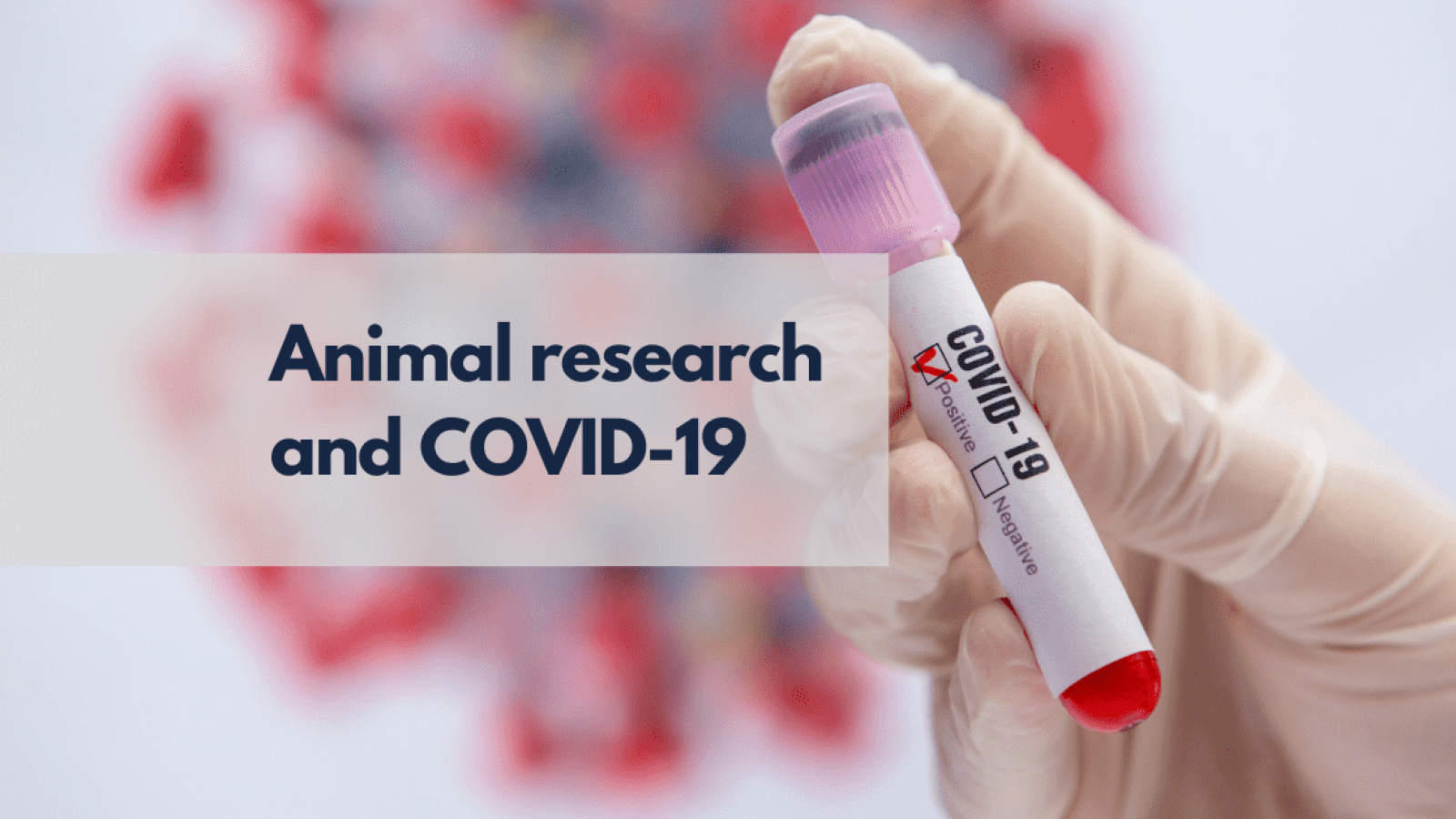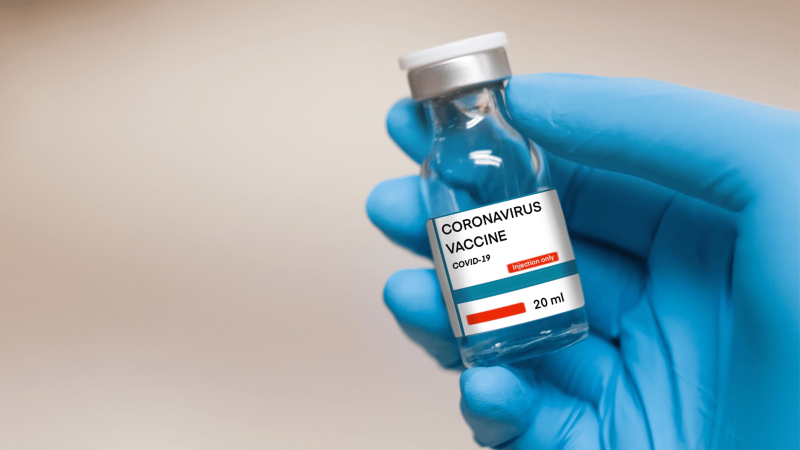
By Professor Clive Page
The fight against COVID-19 has presented scientists with many unique challenges. Not least among these has been the urgent need to find new animal models that can replicate the effect of the SARS-CoV-2 coronavirus that causes the disease in humans, something that has proven to be far from straightforward.
We know that the coronavirus began in animals and later moved to humans. The trouble is, in the process, it has become extremely human-specific in the way it works and in the illness it causes. The animals we have traditionally used to study disease are not, in the main, naturally susceptible to the new coronavirus and don’t develop the respiratory condition that is so often deadly in humans. Adding to these difficulties is the fact that COVID-19 in humans is most dangerous for older people who already have other health risks, while research animals tend to be young with robust immune systems. Despite all of these hurdles, however, the research community has managed to develop new animal approaches in a remarkably short time and without neglecting the ethical injunction to always use the fewest number of animals possible and to involve them in the least possible pain and distress.
For decades, the mouse has been the go-to animal for research into a huge range of human illnesses and medical conditions. Mice have a well-understood immune system and breed and grow quickly in captivity. But they have certain limitations when it comes to respiratory disease. Mice don’t cough or sneeze, for example, and it is known that mice infected with flu don’t transmit it to other mice as easily as humans do, an important detail when you are trying to understand how a disease spreads. When it comes to COVID-19 the situation is even more complicated because the receptor that the virus uses to link to cells in humans – known as ACE2 – is slightly different in mice and that slight difference means that the virus is much less likely to take hold and infect the mouse. So, at first glance, the mouse does not look like a very good COVID-19 prospect. However, studies into other coronaviruses, including the SARS outbreak a few years ago, had already confronted some of these difficulties and gone some way to finding a solution.
A transgenic mouse with the glamourous name of K18-hACE2 was created by genetic manipulation in order to study the effects of coronavirus infection. This mouse produces the human version of the ACE receptor, the chemical in the cells that the coronavirus attaches to. Unlike the wild-type, non-transgenic mice, when these mice were infected with the new coronavirus it replicated in their lungs and they developed symptoms such as lung inflammation. The reaction is not exactly the same as in human subjects and, as with all animal models there are limitations and problems to overcome, but this makes the transgenic K18 mouse very useful for testing possible new interventions against COVID-19 and for helping scientists better understand how the disease works. We are already seeing the benefits of some of this work in clinical treatments such as the use of steroids to mitigate the effects of COVID, improving outcomes for many patients.
But mice are only one part of the story. The animals that humans are closest to in evolutionary terms are other primates or monkeys. In animal research terms, that means monkey species such as macaques and marmosets, because it is illegal to use great apes – which include chimpanzees and gorillas – for welfare reasons. For most medical research, close evolutionary proximity of the animal model isn’t essential, but when it comes to the search for vaccines the greater similarities in immune function between monkey species and humans make the use of the non-human primate necessary. Research teams across the world are dedicated to the development of a COVID-19 vaccine and have made huge strides towards it. Macaques, marmosets, African green monkeys, squirrel monkeys and moustached tamarins have all formed part of research projects in different continents although generally in small numbers. As vaccine studies progress and more candidates get closer to being trialled in humans, more primates will be needed for safety and effectiveness testing although, as usual, the numbers will always be kept to the practical minimum.
Many other species are proving invaluable in the fight against COVID-19 too. Ferrets, for example, naturally cough and sneeze and so have been a reliable animal model for flu studies for some time. Work with cats has demonstrated that domestic cats are susceptible to coronavirus infection, raising important questions about vectors of infection, and studies with Syrian hamsters have tested the efficacy of face coverings to reduce transmission of the coronavirus – with the evidence pointing to a positive benefit in wearing masks.
Notable among all this widely varied work towards the shared goals of mitigating or eliminating COVID-19 is the speed and innovation with which new animal models have been developed and disseminated across the sector in response to the emergency, always within the strict regulatory and ethical framework that ensures that animals are only used when no alternative is possible and then in the smallest possible numbers with the minimum of distress. The fact that sometimes there is no alternative to using animal models has been made starkly apparent by the ravages of COVID-19, but it is something that modern bioscience has always known. We should not forget that when COVID-19 struck, the first medical defences we had to hand were antiviral treatments such as Remdesivir that had originally been developed to treat other conditions such as Ebola and SARS. These medicines were available and safe for human use because animal models had made them possible, helping scientists better understand how viruses work and then testing the effectiveness and safety of the treatments brought to bear against them.
Faced with a deadly illness spreading at an alarming speed and which was barely understood a few months ago, the bioscience sector responded with urgency, speed and imagination, but has only been able to do so by studying the effects of the disease and possible interventions against it in living organisms. This work has already saved many lives and will save tens of thousands more in the future. Novel animal models have been an important part of the battle - which is far from over - and will inevitably continue to be an essential weapon in the struggle against COVID-19 until its final defeat.
Clive Page is a Professor of Pharmacology, King’s College London and Director of the Sackler Institute of Pulmonary Pharmacology, King’s College London. Clive’s main research interests are in the pharmacology of inflammation and respiratory disease.
Last edited: 21 July 2023 08:55



